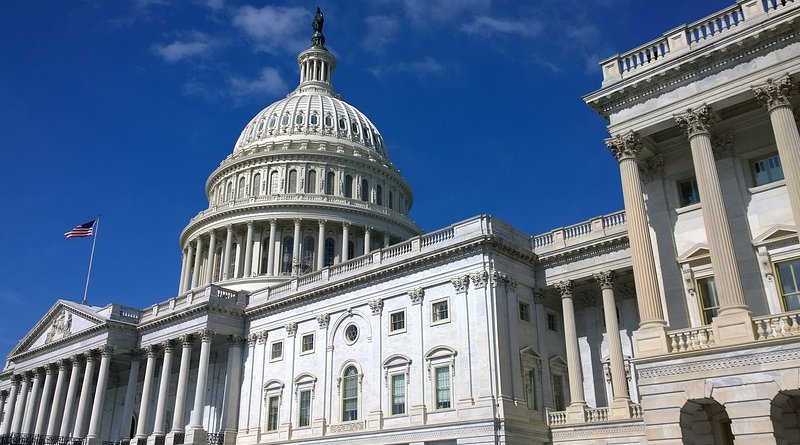Tipping Point: CBO Director’s Warning On America’s Fiscal Path – OpEd
The director of the Congressional Budget Office is sounding the alarm on the U.S. government’s unsustainable fiscal path. Philip Swagel issued his warning in an interview with Claire Jones of the Financial Times.
“Phillip Swagel, director of the Congressional Budget Office, said the mounting US fiscal burden was on an “unprecedented” trajectory, risking a crisis of the kind that sparked a run on the pound and the collapse of Truss’s government in the UK in 2022.
““The danger, of course, is what the UK faced with former prime minister Truss, where policymakers tried to take an action, and then there’s a market reaction to that action,” Swagel said in an interview with the Financial Times.
“The US was “not there yet”, he said, but as higher interest rates raise the cost of paying its creditors to $1tn in 2026, bond markets could “snap back”.“
Swagel refers to the U.S. government’s net interest payments in that last paragraph. The CBO projects these net payments to the U.S. government’s creditors will rise to $1 trillion in 2026. The U.S. government’s gross interest payments to its creditors started exceeding that level in 2023. If not for a Supreme Court ruling rejecting student loan forgiveness last year, the U.S. government’s net interest costs would soon be nearing that $1 trillion level.
Fear of a Bond Market “Snap Back”
Swagel’s bigger message is that the growing cost of financing the national debt increases the risk of a government-debt-induced fiscal crisis in the United States. The “snap back,” he fears, would be in the form of a sharp increase in interest rates should the bond market become reluctant to loan money to Uncle Sam. That scenario played out in the United Kingdom in 2022 under Prime Minister Liz Truss, which led to her resignation in very short order.
Can something similar happen in the U.S.? It may be more likely than many would like to admit. The United States experienced a more minor debt scare in October 2023, when interest rates briefly spiked upward. The event rattled markets and prompted action by U.S. Treasury and Federal Reserve officials to mitigate its impact.
Fortunately, that interest rate spike didn’t last long. However, the potential for a fiscal crisis to develop from such an event is real. The risk of such an event is increasing because of the unsustainable path of the U.S. government’s fiscal policies and spending in particular.
What happened in October 2023 was just a small taste of what a fiscal crisis could be. I don’t think anyone of sound mind would want to go back for seconds, much less larger portions.
This article was published at The Beacon

